


Short version, they took Shadowgate and made it look way worse while adding new puzzles that are even more nonsense than your typical 1980s adventure game logic. The graphics might look good at first glance, but once you see them in motion they all look like cheap Flash animations. There is now a desaturated grey look on EVERYTHING and it all looks so lifeless and dull. It also makes it much harder to pick out key objects and hot spots, which was a very important art to old adventure games. If you want to play the original with worse puzzles and lifeless grey art, then go for it during a $3 sale I guess. My advice is to put that $3 towards Beyond Shadowgate instead.

A Roguelike before that was even a thing. Most of Sword of the Samurai has aged surprisingly well. It's a clever system where the game is divided into tiers. First you're a samurai trying to edge out rival samurai to become local daimyo, then you're daimyo trying to edge out rival daimyos to become clan leader, then you're a clan leader leading armies on conquests. It's a shame you never really saw this system take off in more strategy games where the scope changed as your empire grew (fiddling with worker placement is fun for your first one or two Civ cities, not so much after your 10th). The action segments are still simple and fun. There is one major flaw though. By far the weakest of the mini-games is the army battle, and unfortunately it is also the most common one as you advance in the game. While you can theoretically avoid most of the lone warrior segments, you MUST partake in many army battles to ultimately win. Imagine controlling a clunky Total War game with only the keyboard and clunky 80s graphics and you have a decent picture of the army battles. They're not even satisfying because the computer never moves when defending, making victory a matter of cheese as you gang up a flank and roll up the line. Against all common sense this means you have a massive advantage attacking, plus you can afford to lose an attack while it's instant game over if you lose a single defense (no matter how much territory you hold) so the best strategy is to constantly attack every turn and eliminate clans before they attack you. I usually get bored of the army battles and quit to start a new game soon after I become clan leader. Worth checking out if you want an ancient, action version of Medieval Total War and are fine with skipping a tedious end game. Sword of the Samurai is one of those old games desperately in need of a polished modern remake.
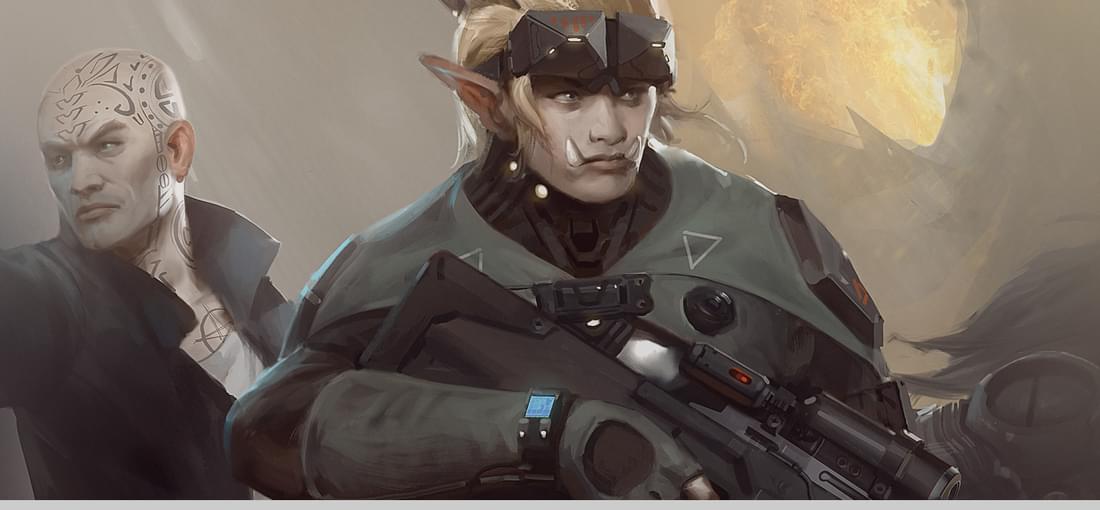
The best writing short of Planescape: Torment. A vast collection of skills and weapons for your character. A detailed world in a well established franchise. Multiple goals and approaches for every problem. Tons of sidequests. Very detailed backstories for each of your party members you may delve into if you wish. What's not to love? Dragonfall is the followup to the franchise revival Shadowrun Returns, which was a decent but flawed game. Dragonfall fixes almost every issue SR had. Better writing, better skill balance, better economy, party members can be used for skill checks, decking is actually useful now, party members now have detailed personalities. Etc. Special mention has to be made of how much variety the game lets you take in each mission. The whole good/evil choice has been played out forever in RPGs, but when Dragonfall does it, it manages to throw genuine moral curveballs at you each and every time. This is especially noteworthy at the end. No other video game has handled its final villain encounter as well, not even Planescape! There are a couple minor gripes, mostly the flaws from SR that they never fixed. Shaman magic is still worthless. The Matrix portions are still just a reskinned version of regular combat. The actual hit percentages are still way lower than what is shown (you miss way too many 90% shots to chalk it up to simple bad luck). Other than that though this is up there with Planescape and the original Fallout games for best traditional RPG of all time.
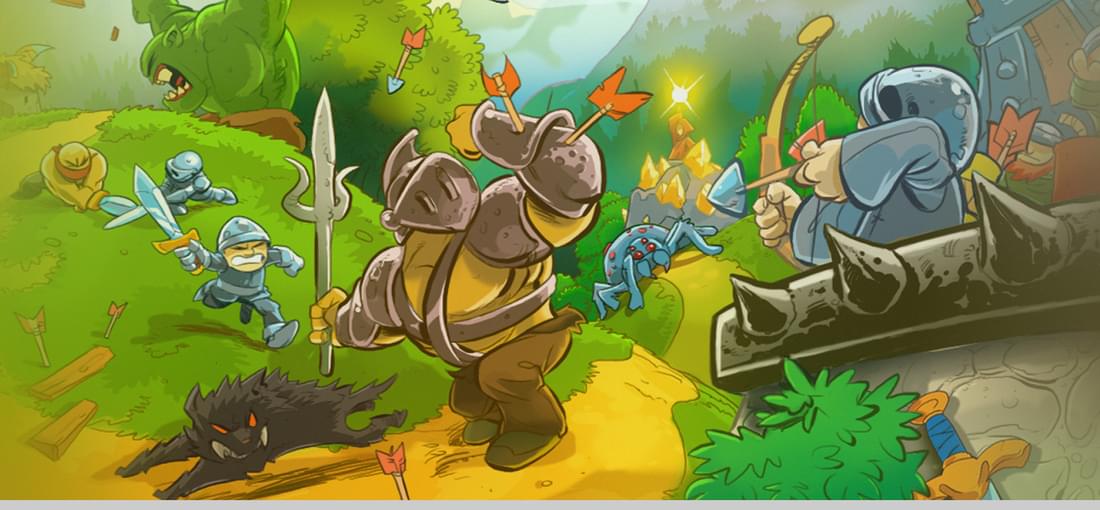
Suffers from the same problem Defense Grid did: it's a fun experience until you realize that the best strategy 90% of the time is to just spam the basic gun tower. In Defense Grid is was machine gun towers. In Kingdom Rush it's archer towers upgraded to rangers. At that point they become the best dps tower in the game with AoE damage AND enemy freezing ability way better than the tower that's supposed to fulfill that role (barracks). I was tearing my hair out at some levels until I just spammed ranger towers and breezed through the entire game.
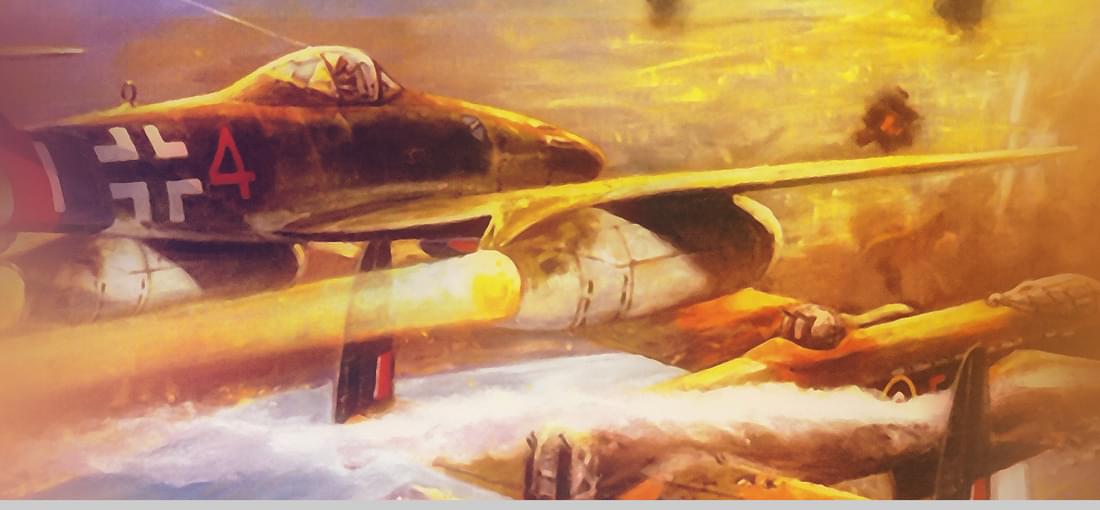
Best way to describe this game is a bigger picture Panzer General encompassing the entire European theater, but using the Axis & Allies unit scheme and technology research. It's fun getting to choose alternative history routes from the beginning of the war. As Germany, do you grab Poland first for the easy resources, or do you strike France before they can prepare? Do you nab neutral countries for their resources and risk the USSR & USA entering into the war sooner? How about researching jets and long range rockets by 1941? And it's amusing...at first. The big problem is that it also shares all the flaws of Axis & Allies: namely that any non-infantry unit is never worth buying. Buying any air or naval units beyond your starting ones is a huge waste of money. If you buy nothing but infantry, you WILL grind down and beat an opponent with the same resources. Likewise, every technology that isn't the infantry boosting one (anti-tank) is a waste of money (the one that reduces costs takes the entire war to recoup your investment). So it turns into a WWI style infantry grind, with air units being used only to finish off weakened units and naval units only good for hindering Operation Sea Lion. Another problem is that it is INSANELY harder for the Axis to win, to the point that it's literally impossible. Taking France is moderately difficult. Taking England is a giant pain. Taking Russia is a Hurclean feat. Taking America is literally impossible because at that point they've filled up every hex with a unit, leaving zero room for you to land an invasion. Game over stalemate. Other gripes: minor nations can join your side, but their units are worthless since they don't get HQ units to boost them like the major nations, yet their units cost the same, so you just never buy them. In the end, it seemed like a promising Panzer General A&A hybrid, but the mechanics start falling apart as you get into it.
A great concept where you play a giant Tiamat dragon(!) stuck in the middle of a 4X game played out between AIs where you try to influence each race until they become even, make nice, and form a federation together. Where it fails is mostly that it's even more obtuse than Arcen's other game AI War (I tried AI War for 10 hours; I couldn't take more than 1 of LF). In fact, it's almost to the point where it's a Paradox strategy game (Victoria, Crusader Kings). I see the screenshots are very careful not to show you the main strategic screen where you'll spend most of your time. It's 90% staring at walls of tiny colored texts. Not even pictures of the races, not even different colors! Tell the races apart on the map by icons of the exact same color. Every piece of info is scattered around instead of the most obvious place you'd need it. You would think something as basic as your money supply would be on the main screen. Nope! You must go to the inventory screen. Multiple ways to do the exact same thing and no way to gauge how any of them are more worthwhile. Each planet has 4 stats but they all affect similar things so why didn't they just have a single stat for that? Buying a tech for +0.3 manufacturing worth it? It costs me $1000 to purchase a scientist to reduce a single tech research from 8 months to 7 months...okay? Is that good? What's the time frame? Who knows. It's just a bunch of obtuse numbers. The combat is Critical Mass, except there's a billion objects flying around like a bullet hell shooter so there's no point to carefully maneuvering. Each race is very different but there was no in-game way to tell their differences as far as I could tell. I saw that the ground combat specialty race had a high ground combat total strength and that's it. The game doesn't even tell you the victory condition! There is no manual. There is no strategy guide I could find. It's one of those games you have to comb through forums to get the complete picture. I'll have to pass.
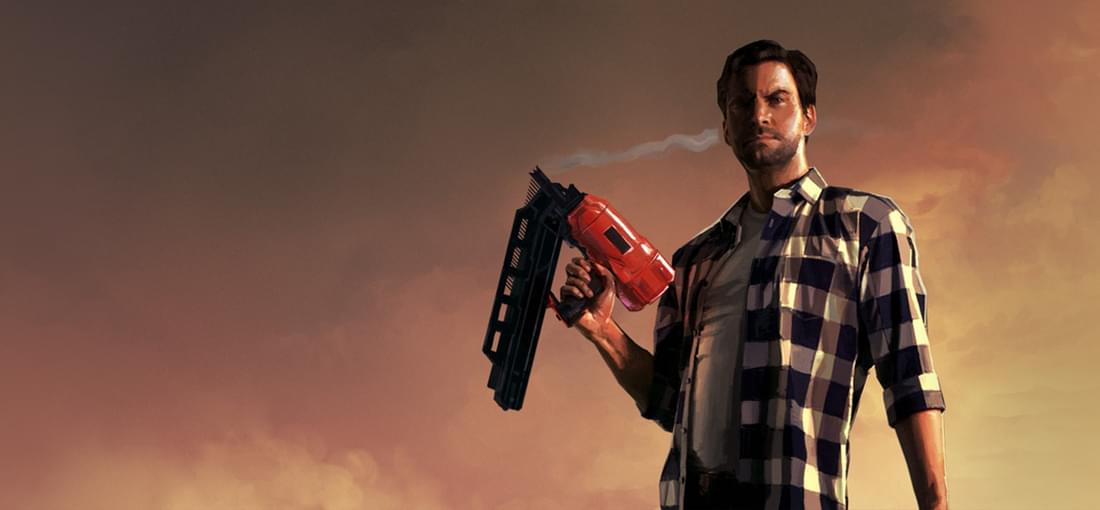
You know the direct to video sequels to blockbuster movies, where they use the same plot, same sets, sometimes even the same actors, but it just FEELS cheap and unfulfilling? That's the best way to describe American Nightmare compared to the original. The graphics are decent, but nowhere close to the atmospheric shadows and fog of the original. The story is barely there and never compels you to keep going. Combat doesn't have the same heft to it and manages to make up 90% of the game yet still feel like filler. If you're up for an Alan Wake themed time-waster and aren't a stickler for substance, then you might like this. The same way some fans of The Scorpion King want to check out all the SyFy channel sequels.
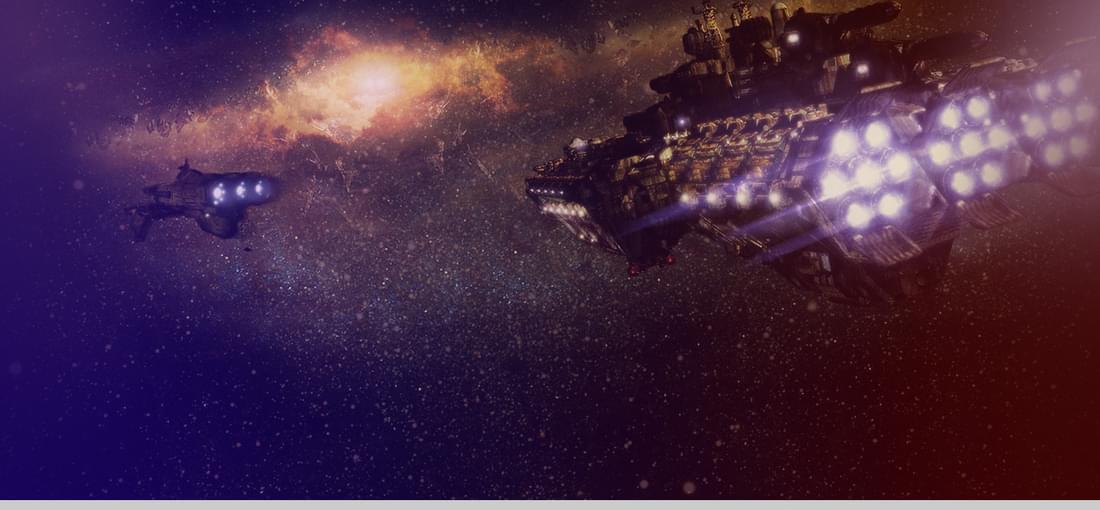
I was never a fan of the Homeworld games. The whole 3rd dimension only made me disoriented and I could never suss anything out. I LOVE the idea of fleet combat though so I picked this up when I heard it described as "2D Homeworld". It technically is. But there are a whole lot of rough edges that drag it down. -It's not really "space". It's a standard 2D RTS map with a black background instead of a ground. It even has impassable terrain like "anti matter ribbons" instead of rivers. To me, it feels more like a reskinned version of any standard late 90s RTS than a fleet game. -The unit selection and UI display is very shoddy. You can drag select units, but there is no visual indicator to show which units you have selected. It will show their silhouettes in the corner like Starcraft, but there are no selection boxes or health bars on the actual selected units. You're going to be constantly messing up as units you thought you had selected don't respond. -The graphics are extremely primitive, even for the time. It's from 2001 but looks like the mid to late 90s. Homeworld came out 2 years earlier and visually blows the game away. Even 1998's original Starcraft and 1997's Total Annihilation have more detailed graphics. It even gets in the way of gameplay since there's no visual indication if units are being hit other than looking at the silhouettes in the corner; shots just disappear and you have shift your glance to the corner to see who's getting hit. -You have a limited number of build slots which determine which units you can build, and half the buildings can't be sold to make more room and change your army. This limits strategy. In the end, there's not much differentiating this from the dozens of other middle of the road late 90s (which it feels like) RTS games. It promises space battles but feels like ground combat. There are worse games and if you're fine with "not really" space combat then it's worth a look for $5.
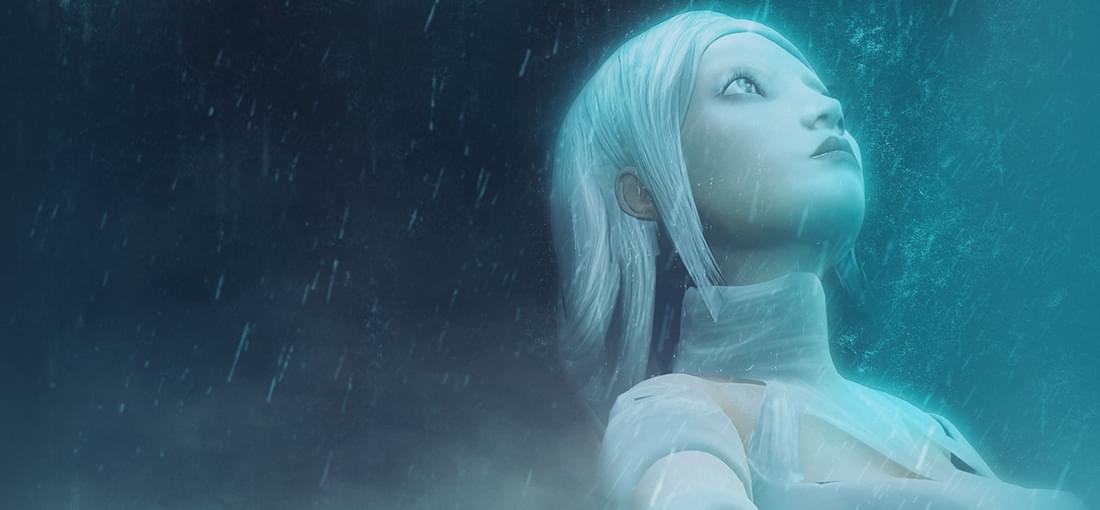
Like Ice Pick Lodge's other games, this is a very unique and hard to describe experience. It feels like an entire game of the "nightmare worlds" from the Silent Hill games, only instead of rust and blood it's this stark, desolate, serenity. Very very much an "arty" game and anyone expecting a straight narrative will be disappointed. The game is divided into enjoying the weirdness and beauty, and resource management. If you run out of color you die, and you constantly consume it. "Digested" color must be used and you must exercise crop rotation of gardens to grow more while saving up enough to feed "sisters" (caretakers who unlock more areas) and defeat "brothers" (hostile guardians). The levels are haunting, the sisters alluring, and the brothers frightening. If you want to soak in a beautiful Silent Hill-ish art experience, then scoop this up. But their are some caveats: Some problems is that its arty vagueness spills over into the gameplay. Tutorials are vague. Quests can be unclear. Some tutorial tips are flat out incorrect (many mechanics were never programmed in). More than half of the spells are useless and the order you get them is random. I suggest looking up a guide after failing (and you will). I enjoy stories that don't spell everything out (Lynch and Bergman are two favorite directors), but The Void doesn't explain ANYTHING. There are hint that some revelation about your life will come up. Nope. Suggestion that reaching the most difficult sister will cause something to happen. Nope. Promises of hugely different endings based on an endgame choice. Nope (this rivals Mass Effect 3 for disappointing ending sameness syndrome). Any kind of narrative development at all. Nope. You'll end the game with just as much understanding as the first hour. Come for the weird haunting art show, creepy imagery, and steel yourself for a very unsatisfying ending.